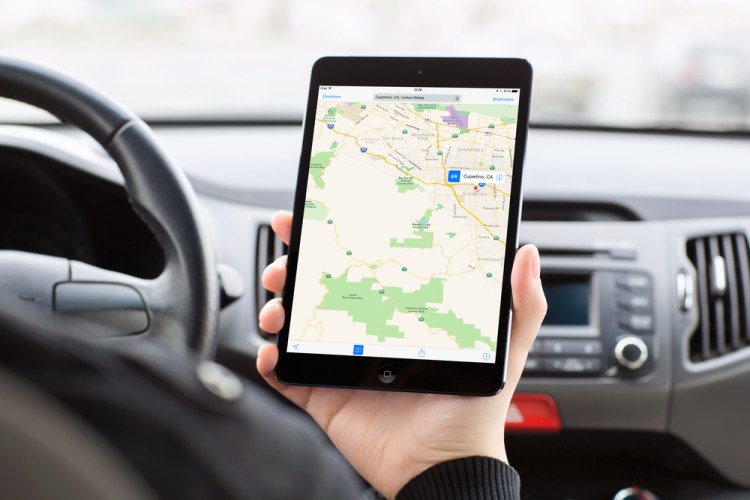Apple Maps is now used “three times as often” as Google Maps on iPhones and iPads, according to a report Monday from the Associated Press (via The Boston Globe). In total, the mapping service is seeing “more than five billion map-related requests each week,” it said.
Apple has been steadily improving its maps experience since it was introduced in 2012 to replace Google Maps as the standard mapping service on iOS devices. It has been gaining traction ever since, despite being widely slammed for many errors at launch.
The initial release of Apple Maps was so bad, in fact, that Apple executive Scott Forstall resigned after refusing to issue a public apology. Chief executive Tim Cook had to issue the apology instead.
Three years on, though, and there appears to be a light at the end of the tunnel for Apple Maps.
According to the AP report, “Apple now gets data from more than 3,000 sources for business listings, traffic and other information. In adding transit, Apple sent teams to map out subway entrances and signs.”
“That results in more precise walking directions, as stations can stretch for blocks and the center point used by some services isn’t necessarily the closest. Apple also started sending out vehicles with sensors to map roads, similar to Google’s longstanding practice.”
So why is the service getting so much traction among users?
There are certainly a few factors helping it along, and it’s partly to do with the fact that most iPhone and iPad users are not that tech-savvy. They just want the basic functions, and for the device to work without causing them headaches. Installing a competing mapping app like Google Maps probably isn’t top of their list — or even anywhere in their sphere of thinking.
When such users ask Siri for directions or open up a location in Safari or Mail, they don’t mind that it loads that data in Apple Maps. They probably don’t even know that their choice to set a default mapping service in iOS — something Android users are spoiled for (though Apple Maps isn’t available on Android) — doesn’t even exist.
The question the AP report poses is whether this is more about providing a competitive advantage for Apple or convenience for users. Of course, the former is almost impossible to argue against — even if you’re not a skeptic. Apple is gaining a huge competitive advantage here.
But as long as the scales settle on an equilibrium whereby that resulting “convenience” is met with an experience for users at least as good as the “next leading competitor” (in this case Google Maps), then it’s no longer the nightmarish situation Apple-Maps-by-default used to be.
And, even if it’s three years too late, Apple probably deserves some credit for finally getting its **** together on Maps.


